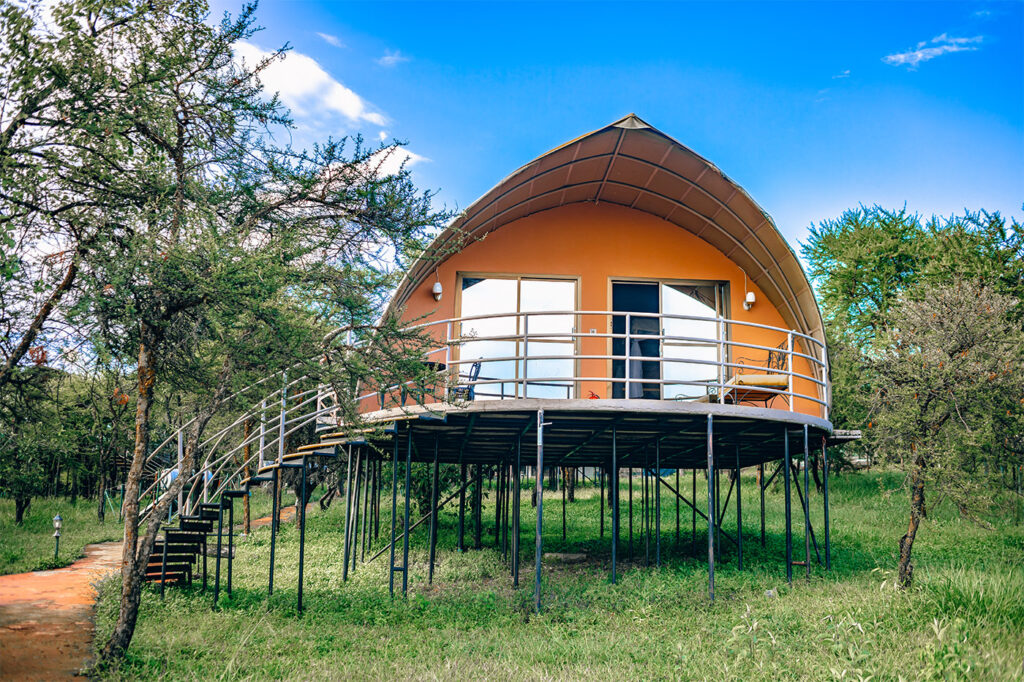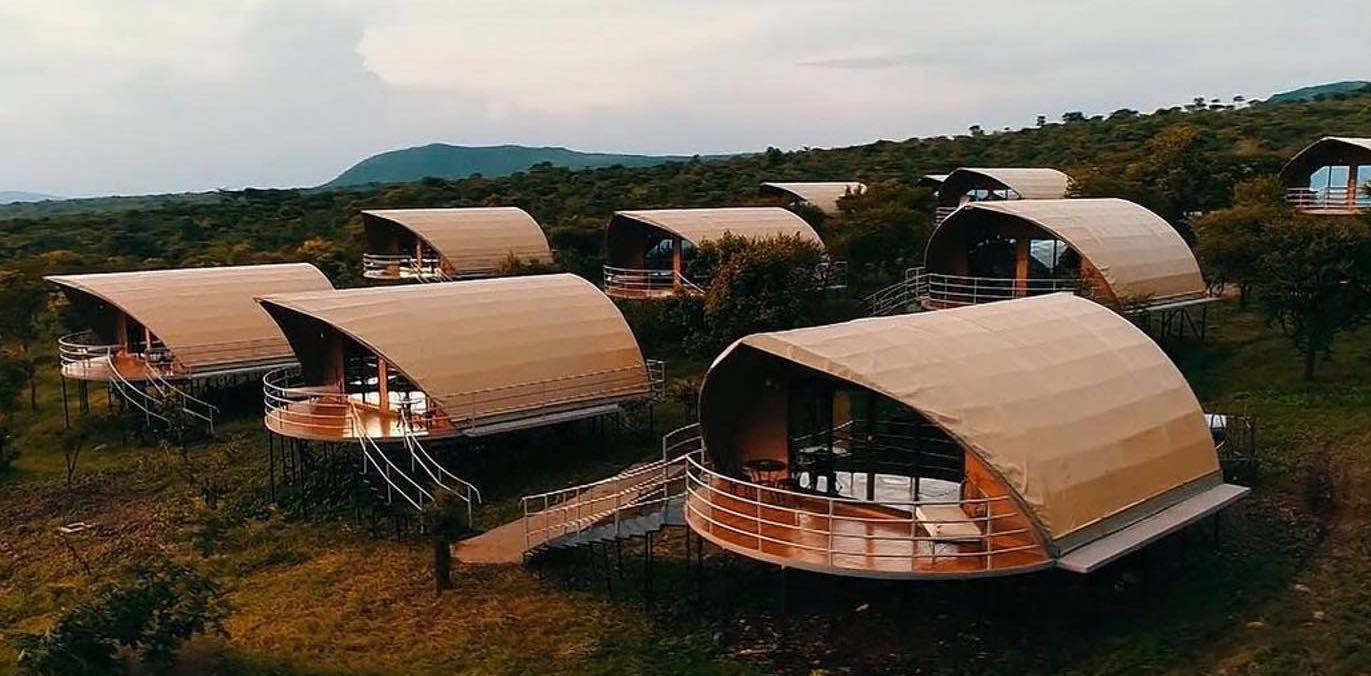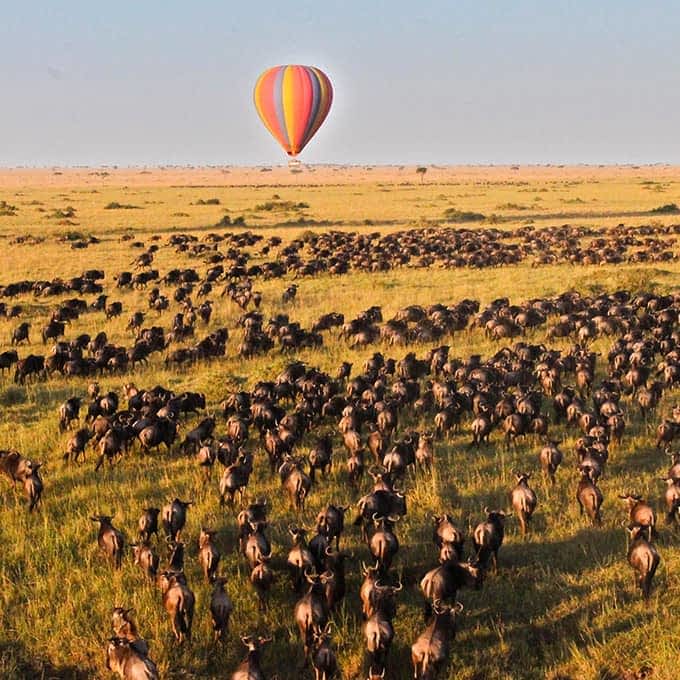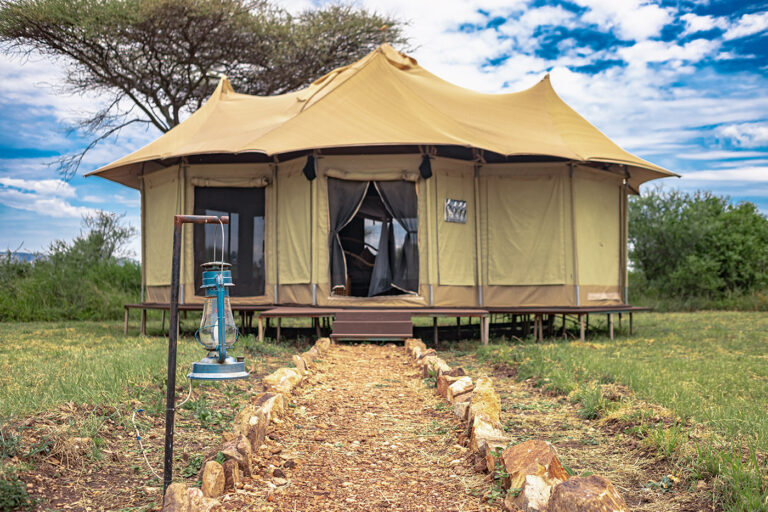Emerging Safari Trends in Tanzania
Tanzania, the crown jewel of African safari destinations, continues to captivate travelers with its breathtaking landscapes, abundant wildlife, and innovative approaches to tourism. As we look toward 2026 and beyond, safari trends in Tanzania 2026 are shaping a new era of future wildlife tourism, blending sustainability, technology, and immersive experiences. From innovative lodges in Serengeti to eco-conscious camps in lesser-known parks, this comprehensive guide explores the latest trends, top camps, and what to expect for your Tanzania safari. Whether you’re a seasoned traveler or planning your first adventure, this article provides all the insights you need to stay ahead of the curve.
The Evolution of Safari Tourism in Tanzania
Tanzania’s safari industry is evolving rapidly, driven by global demand for authentic, sustainable, and personalized experiences. According to industry forecasts, the African safari market is projected to grow from USD 17.3 billion in 2025 to USD 25.7 billion by 2032, with Tanzania leading the charge due to its iconic parks like Serengeti and Ngorongoro Crater. The following trends are redefining future wildlife tourism in Tanzania, ensuring unforgettable adventures in 2026 and beyond.
Top Safari Trends in Tanzania

- Sustainable and Eco-Conscious Camps
Sustainability is at the forefront of safari trends in Tanzania 2026, with camps adopting eco-friendly practices to minimize environmental impact. Features include:
- Solar Power and Green Energy: Camps like Mwagusi Safari Camp in Ruaha use solar panels to reduce reliance on fossil fuels.
- Water Conservation: Innovative lodges employ rainwater harvesting and greywater recycling, as seen at Tanzania Wild Camps’ Ngorongoro Wild Camp.
- Community Support: Many camps partner with local communities, such as the Maasai, to provide employment and fund conservation projects.
Why It Matters: Travelers are prioritizing eco-conscious travel, supporting camps that protect Tanzania’s biodiversity while offering luxurious stays.
- Innovative Lodges in Serengeti and Beyond
Innovative lodges in Serengeti are redefining luxury with cutting-edge designs and immersive experiences. Notable examples include:
- JW Marriott Serengeti Lodge (Opening 2026): Set to debut with 30 private suites, each with a pool and deck, this lodge is strategically located between the Grumeti and Mbalageti rivers for prime Great Migration views.
- Serengeti Bushtops: Located in the central Serengeti, this lodge offers spacious tents with private hot tubs and eco-friendly amenities, blending opulence with sustainability.
- &Beyond Serengeti Under Canvas: This mobile camp follows the Great Migration, providing a nomadic, luxury experience with minimal environmental footprint.
Why It Matters: These lodges combine high-end comfort with proximity to wildlife, catering to travelers seeking both adventure and relaxation.
- Slow Safaris: Immersive and Mindful Experiences
The rise of “slow safaris” emphasizes longer stays in fewer locations, allowing travelers to connect deeply with Tanzania’s ecosystems. Activities include:
- Guided Bush Walks: Explore Ruaha or Selous on foot, noticing subtle details like animal tracks and native plants.
- Stargazing and Hide Photography: Camps like Tanzania Wild Camps’ Serengeti Safari Lodge offer stargazing sessions and hides for intimate wildlife observation.
- Cultural Immersion: Engage with Maasai or Hadzabe communities for authentic cultural experiences.
Why It Matters: Slow safaris cater to travelers seeking meaningful connections, aligning with the future wildlife tourism trend of mindfulness.
- Technology-Enhanced Safari Experiences
Technology is transforming how travelers experience Tanzania’s wilderness:
- Virtual Reality (VR) Previews: Apps allow you to virtually explore Serengeti or Ngorongoro before your trip, enhancing planning and anticipation.
- Wildlife Tracking Apps: Real-time apps provide insights into animal movements, used by guides at camps like Sand Rivers Selous.
- Drone Photography: Some lodges offer drone-assisted photography sessions for stunning aerial shots of the Great Migration.
Why It Matters: Tech enhances engagement, making safaris more accessible and educational for all ages.
- Expansion to Lesser-Known Parks
To combat overtourism in Serengeti and Ngorongoro, safari trends in Tanzania 2026 include promoting lesser-known parks like:
- Ruaha National Park: Known for its rugged landscapes and large elephant populations, with camps like Mwagusi offering exclusive walking safaris.
- Selous Game Reserve (Nyerere National Park): Ideal for boat and foot safaris, with lodges like Sand Rivers Selous providing intimate experiences.
- Katavi National Park: A remote gem with massive buffalo herds, served by camps like Nomad Tanzania’s Chada Katavi.
Why It Matters: These parks offer solitude and unique wildlife encounters, distributing tourism more evenly and protecting iconic regions.
- Wellness and Adventure Combos
Wellness-focused safaris are gaining traction, combining adventure with relaxation:
- Yoga and Meditation Retreats: Camps like The Highlands in Ngorongoro offer yoga sessions with crater views.
- Spa Experiences: Innovative lodges in Serengeti, such as Four Seasons Safari Lodge, provide couples’ massages in serene settings.
- Adventure Add-Ons: Pair safaris with Kilimanjaro climbs or Zanzibar beach retreats for a balanced itinerary.
Why It Matters: Travelers seek holistic experiences that nurture both body and soul, making wellness safaris a key trend.
- Family-Friendly and Multi-Generational Safaris
Camps are catering to families with tailored activities and accommodations:
- Kid-Friendly Programs: Lodges like Serengeti Safari Lodge offer junior ranger programs and guided nature walks.
- Spacious Suites: Family-friendly tents at Ngorongoro Wild Camp provide comfort for all ages.
- Cultural Activities: Engage kids with Maasai storytelling or craft-making sessions.
Why It Matters: These offerings make Tanzania accessible to multi-generational travelers, broadening the appeal of future wildlife tourism.
Top Innovative Wild Camps for 2026

- Serengeti Safari Lodge (Tanzania Wild Camps)
- Location: Central Serengeti
- Why Stay Here: This eco-friendly lodge features solar-powered tents, private verandas, and guided bush walks, aligning with slow safari trends. It’s ideal for witnessing the Great Migration.
- Innovative Features: Stargazing platforms, cultural visits to Maasai villages, and VR safari previews.
- Price: $350–$600 per person per night, including meals and activities.
- Why It’s Trendy: Combines sustainability with immersive experiences, perfect for mindful travelers.
- Ngorongoro Wild Camp (Tanzania Wild Camps)
- Location: Ngorongoro Crater rim
- Why Stay Here: Offers cozy tents with crater views, eco-conscious design, and family-friendly activities. Guided rim walks and cultural tours enhance the experience.
- Innovative Features: Rainwater harvesting, farm-to-table dining, and wellness-focused yoga sessions.
- Price: $300–$550 per person per night, including activities.
- Why It’s Trendy: Balances luxury with conservation, catering to families and eco-conscious travelers.
- Mwagusi Safari Camp (Ruaha National Park)
- Location: Mwagusi River, Ruaha
- Why Stay Here: Known for its walking safaris and sustainable practices, this camp offers rustic-chic tents with open-air showers.
- Innovative Features: Solar power, community-supported anti-poaching initiatives, and expert-led tracking walks.
- Price: $400–$700 per person per night, including walks.
- Why It’s Trendy: Focuses on remote, immersive experiences in a lesser-known park.
- Sand Rivers Selous (Nyerere National Park)
- Location: Rufiji River, Selous
- Why Stay Here: Specializes in boat and foot safaris, with luxurious suites featuring plunge pools and river views.
- Innovative Features: Wildlife tracking apps, drone photography options, and eco-friendly water systems.
- Price: $500–$900 per person per night, including activities.
- Why It’s Trendy: Offers diverse activities in a pristine, less-visited park, aligning with anti-overtourism trends.
- JW Marriott Serengeti Lodge (Opening 2026)
- Location: Serengeti National Park, between Grumeti and Mbalageti rivers
- Why Stay Here: This upcoming lodge will feature 30 private suites with pools, dining facilities, and prime migration viewing.
- Innovative Features: Sustainable architecture, tech-enhanced game drives, and wellness-focused amenities.
- Price: Estimated $700–$1,500 per person per night, including activities.
- Why It’s Trendy: Represents the pinnacle of luxury and innovation in innovative lodges in Serengeti.
Unique Experiences to Embrace 2026 Safari Trends
To fully immerse yourself in safari trends in Tanzania 2026, try these innovative activities:
- Hot Air Balloon Safaris: Soar over the Serengeti or Ruaha for a bird’s-eye view, offered by camps like &Beyond Serengeti Under Canvas.
- Virtual Reality Tours: Preview your safari with VR apps at camps like Tanzania Wild Camps’ properties.
- Conservation Workshops: Participate in anti-poaching or wildlife monitoring programs at Mwagusi Safari Camp.
- Wellness Retreats: Enjoy yoga or spa treatments at The Highlands or Four Seasons Safari Lodge.
- Cultural Immersion: Visit Maasai villages or learn Hadzabe survival skills, available through Tanzania Wild Camps.
Frequently Asked Questions (FAQs)
What are the top safari trends in Tanzania for 2026?
Key trends include sustainable camps, slow safaris, technology-enhanced experiences, and exploration of lesser-known parks like Ruaha and Selous.
Which innovative lodges in Serengeti should I consider for 2026?
JW Marriott Serengeti Lodge (opening 2026), Serengeti Bushtops, and &Beyond Serengeti Under Canvas are top picks for luxury and innovation.
How can I book a sustainable safari in Tanzania?
Choose eco-friendly camps like those offered by Tanzania Wild Camps or Mwagusi Safari Camp. Visit tanzaniawildcamps.com for tailored packages.
Are lesser-known parks worth visiting?
Yes, parks like Ruaha, Selous, and Katavi offer solitude, unique wildlife, and exclusive experiences, reducing pressure on Serengeti and Ngorongoro.
What is the cost of a Tanzania safari?
Expect $300–$1,500 per person per night, depending on the camp’s luxury level. Mid-range options like Tanzania Wild Camps provide excellent value.
The safari trends in Tanzania promise an exciting future for future wildlife tourism, with innovative lodges in Serengeti and beyond leading the way. From sustainable practices and slow safaris to technology-enhanced adventures and lesser-known parks, Tanzania offers a wealth of experiences for every traveler. Camps like Serengeti Safari Lodge and Ngorongoro Wild Camp by Tanzania Wild Camps embody these trends, blending eco-conscious design with immersive activities. Plan your 2026 safari today at tanzaniawildcamps.com and embrace the future of wildlife adventure!























